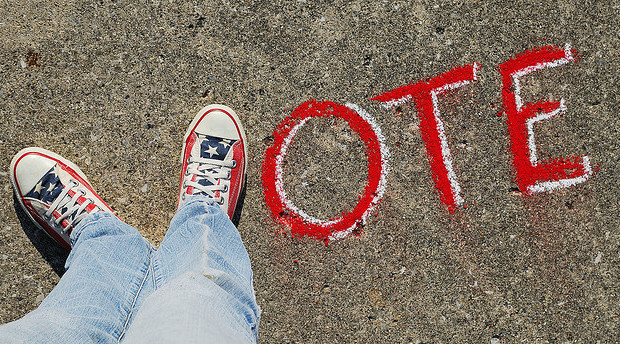Vote Early, Vote Often
North Carolina’s New Early voting restriction is under scrutiny in District Court, but the Justice Department may not present evidence sufficient to invalidate the law.
This article is the second in a three-part series on North Carolina’s new voter ID law. You can read Part One here.
Under North Carolina’s new voting law, the number of days available for early voting has been reduced from seventeen days to ten days. While this law will apply to all eligible voters, it may unfairly disadvantage minority voters.
The United States Department of Justice intends to show that the reduction of early voting days is discriminatory, but doing so will be challenging. Previous lawsuits that have been brought against voting restrictions have been carried out under Section 5 of the Voting Rights Act of 1965, which places the burden on the state to prove the absence of discriminatory intent in passing such laws. The Justice Department’s case against North Carolina, by contrast, will be judged under Section 2 of the Voting Rights Act, which requires the party challenging the state’s voting law prove the alleged discriminatory intent under the totality of the circumstances.
While less stringent than proving actual discriminatory intent on the part of the legislature, a showing of discrimination under the totality of the circumstances is still difficult to satisfy. In order to persuade the court under a totality of the circumstances standard, the Justice Department must present detailed findings to the court. A totality of the circumstances inquiry is all encompassing. Among the factors that have been considered are the amount of racial polarization in voting within the jurisdiction, the disparity in educational or employment opportunities available to minority citizens caused by discrimination, and the extent to which members of minority groups have been elected to public office within the jurisdiction.
Equal application does not mean equal impact.
The Justice Department included statistical data in its brief to the United States District Court for the Middle District of North Carolina, which argued that African Americans used early voting in the 2012 election more than non-African Americans. Yet, this data may not rise to a probative level sufficient to prove that the voting law is discriminatory. While the statistics may denote that the law could impact African-American voters, the Justice Department’s argument fails to demonstrate that it would not be possible for the same voter bloc to cast ballots during the shortened ten-day early voting period.
In a recent Supreme Court case involving Ohio’s voting law, the Court rejected a restriction that had been placed on early voting by that state’s legislature, finding it to be discriminatory. Under the restriction, the last three days of early voting in Ohio prior to Election Day were to be open only to active duty military personnel. The Supreme Court rejected this policy because it denied voters an equal opportunity to go to the polls. In contrast to Ohio’s overturned policy, which turned away specific groups of voters at the doors of the polling place, North Carolina’s reduction of early voting days applies to all voters. Equal application, however, does not mean equal impact, and the overall effect of the law may fall harder on some groups of voters than on others.
Numbers alone are not enough to show discrimination.
In order to demonstrate that a reduction in the number of days available for early voting would not provide any benefit for voters, the Justice Department’s brief refers to Florida’s experience during the 2012 election after the state reduced the number of available days for early voting. In that election, Florida voters experienced some of the longest wait times in the country. The Justice Department, however, does not offer sufficient evidence to demonstrate that the reduction of early voting days caused the long wait times. Comparing wait times before the enactment of Florida’s early voting law to the wait times under the law’s operation would demonstrate the impact that this law had, but the Justice Department failed to make that showing. The Justice Department compared the voting laws that North Carolina and Florida passed, but other factors that can affect wait times, such as resources available to both states’ voting systems, were not considered. There is not enough evidence to substantiate the Justice Department’s argument that a reduction in early voting days would adversely affect all voters.
The Justice Department’s brief presents statistical data that shows that a significant percentage of African Americans in North Carolina cast ballots during the early voting period. In addition, the brief shows that among the African Americans who voted early, the majority voted within the first seven days of the early voting period. This may be the strongest indication that the law will impact African American voters. Numbers alone, however, are not enough to show discrimination by a totality of the circumstances. This evidentiary standard requires proof that discrimination is present in a jurisdiction’s political process or in the public sphere, and the Justice Department’s brief does present enough proof of these circumstances to meet its burden.






